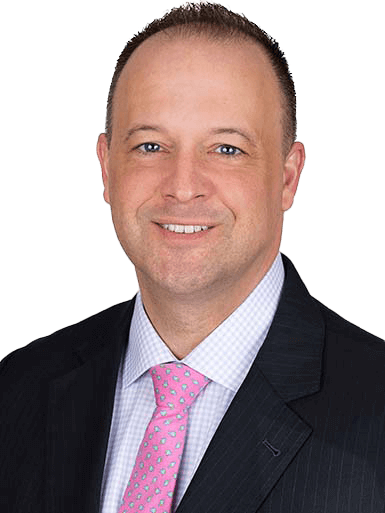Keeping an Eye on the Economy for Nonprofits and Insight from the Banking Crisis
During AAFCPAs’ recent Virtual Nonprofit Seminar, Kevin P. Hodson, CMT, AIF®, Wealth Advisor at AAF Wealth Management, shared insight on the economy and from the recent banking crisis, including the FDIC’s $250K insurance limit, and ways nonprofit organizations can protect their assets going forward.
Opening his presentation, Kevin discussed two topics that come up repeatedly in client conversations. Those include the state of the economy and how the banking crisis affects all fiduciaries overseeing assets. To shed light on this, though, he had to step back to provide an overview of four important metrics he uses when making an economic forecast.
Unemployment. Most financial forecasts rely at least in part on the monthly unemployment figure. With April 2023 employment at 3.4 percent, most agree that we have a strong labor force.
Spending Patterns. This strong workforce can lead to equally strong spending patterns. And spending has remained strong both at the retail and non-store sales levels since emerging from pandemic lockdowns. Spending has remained at its highest levels since March of 2020 even as personal savings account balances have drawn down nearly 85 percent over the same period.
Inflation. We saw inflation rise in 2022 to its highest level since 1981. This kept the Consumer Price Index (CPI) at a high watermark as well. In response to last year’s inflationary surge, the Fed raised interest rates seven times, from zero percent in January of 2022 to 4.5 percent by year end, in hopes of curtailing spending by increasing the cost of money. Those actions had a significant impact on driving prices down. Another contributor, though, and not driven by the Fed, were oil price reductions, which also brought some inflationary relief. As of March 2023, the CPI report came in at five percent. This denotes a more favorable landscape than nine months earlier when CPI was at nine percent.
Gross Domestic Product (GDP). Real quarterly GDP has been cooling since last summer, and combined strength in spending and in workforce drive our national economic health and GDP. The GDP is a strong gauge as to whether economic output is growing or shrinking.
In summary, the Federal Reserve is charged with maintaining healthy employment and inflation levels. While employment figures are historically good, inflation is high. And though inflation has trended down, it is not yet down to the Fed’s goal of two percent. To bring CPI down to two percent, continued interest rate hikes would need to be implemented. Ultimately the Federal Reserve’s interest rate policy will predict how long we should see economic expansion vs. contraction.
Why This Matters to Nonprofits
The Fed’s policy could drive two big outcomes. First, if it continues to raise rates, the economy could reach a point where GDP begins to slip. This could lead to what some are calling the most forecasted recession in history. Beyond this, high interest rates affect bank balance sheets.
Earlier this year, we learned the extent to which most U.S. bank deposits are under-insured relative to FDIC limits. Specifically, more than 97 percent of Silicon Valley Bank’s deposits and more than half of the top 10 regional banks’ deposits were uninsured. Even Too Big to Fail Banks—such as JPMorgan, Bank of America, Wells Fargo, and Citibank—were sitting on large uninsured deposits. There was a potential for trillions of dollars of uninsured deposit exposure. While the Treasury, FDIC, Federal Reserve, Congress, and other institutions came to the Silicon Valley Bank depositors’ rescue, consumers should not count on them to do so again. So, the $250K FDIC insurance limit per individual registration an important yet often overlooked safeguard about which we should all be thinking.
AAFCPAs’ clients are increasingly interested in this matter and looking for ways to maintain proper insurance levels. They are also looking to access other methods for safeguarding funds. AAF Wealth Management works with nonprofit and for-profit organizations that want to ensure FDIC limits are maintained, want to build out cash management systems tied to their organization’s cash flow needs, and want assistance with the use of government-related vehicles.
Click here to watch the full presentation.
If you have questions, please contact Kevin P. Hodson, CMT, AIF®, Wealth Advisor with AAF Wealth Management at khodson@nullaafwealth.com—or your AAFCPAs partner.

